In growing up and watching all the classic Disney animated movies (not including Pixar) I was and still am an absolute fan girl of Disney characters, particularly Princess Jasmine and the magic carpet from Aladdin. [**Side note: I just watched the new Aladdin movie and am blown away with the strong female leadership and empowerment Princess Jasmine possesses. I’m literally gushing! **] As an adult I’ve thought about the misunderstanding and possible miscommunication between Disney heroes and their supposed villains. I have a fan theory that has worked with some movies but I have yet to test it with all Disney animated movies (not including Pixar) so bear with me.

In The Spectacle of the Other, Stuart Hall states people who are considered different, ‘them’ rather than ‘us’, are “represented through sharply opposed, polarized, binary extremes – good/bad, civilized/primitive, ugly/excessively attractive, repelling-because-different/compelling-because-strange-and-exotic” which he terms as the binary form of representation (326). The example I always use to describe Hall’s binary form of representation is Prince Phillip and Maleficent in the battle to get to Princess Aurora in Disney’s Sleeping Beauty. Prince Phillip is the hero and Maleficent is the villain. Prince Phillip is a prince and Maleficent is a fire breathing dragon. Opposites. Both of them see the other person as someone who is different from them but not just different, binary extremes: good / bad, human / dragon.
Another example I like to use that’s maybe more realistic is Sarah Gailey’s “In Defense of Villainesses” article. In relation to women in society I quote paragraphs from her article to express the difference between animated princesses and heroes and women in society versus animated female villains and women in society. Obviously times have changed for women so not everything applies in every context but you still get the point.
| What’s Expected of Women (Heroes) | What’s Forbidden of Women (Villains) |
| “wait. Be patient. Be nice. Be happy with your lot, enjoy what you’re given, and don’t look for more. Make wishes, not plans. Have animal friends, never henchmen. No one should work for you, but everyone must love you. Look soft and small and breakable, and cry with your head flung into your arms so no one has to see your puffy eyes. Be afraid that no one will ever rescue you. Be afraid that you’ll have to live your whole life without adventure ever finding you.” | “ferocity. Never laugh with your head thrown back. Never apply your eyeshadow as a cut-crease. Never draw in your brows or dye your hair. Don’t wear nice clothes (unless they’ve been sewn for you by people or animals who love you, or delivered to you by magic). Don’t look in mirrors. Don’t want things. Don’t get old or fat or tall. Don’t make demands. Hope, maybe, but never expect. No, not even if you’ve dedicated your life to a goal—even then, don’t you dare expect. Work hard, but don’t grind for years and years building an empire because if you do, then you’ll get taken down and the audience will cheer at your suffering. Don’t carve your face into a mountainside, because that territory is reserved and your name is not on the list.” |
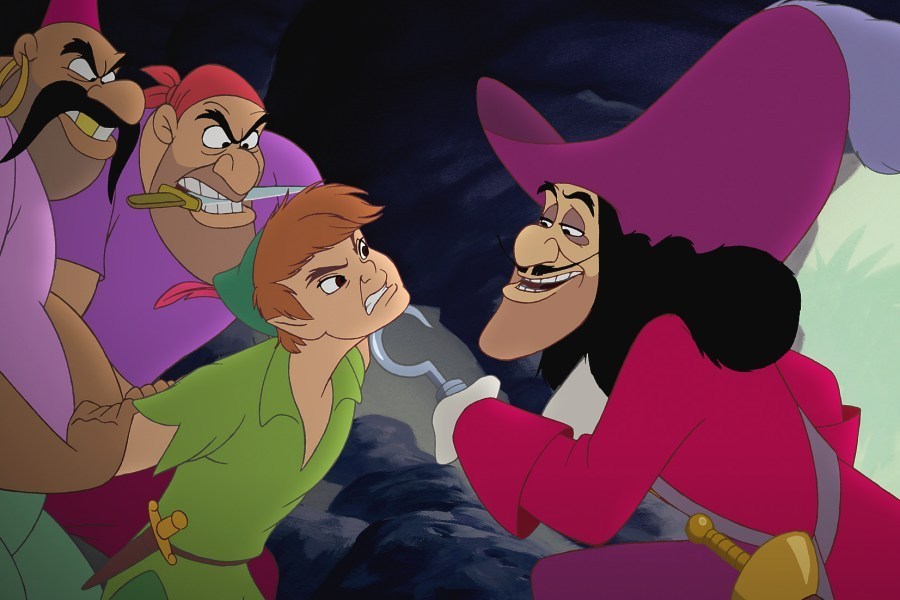
Thinking about Stuart Hall’s binary form of representation got me thinking about Disney heroes and villains. In particular the shift of power, privilege, and authority from the villain to the hero as the hero’s story progresses. Almost every Disney animated movie pits a Disney hero child or teenager against a Disney villain adult (i.e. Peter Pan, Cinderella, Tangled, Mulan, Aladdin, Tarzan, Emperor’s New Groove, The Little Mermaid, etc.) which is a whole other blog post for discussion. In these particular instances authority plays a huge part, particularly for stories about stepmothers like with Snow White, Cinderella and Rapunzel. In all of these films there’s a stepmother or fake mother of sorts who has parental authority over the heroine and by the end of the heroine’s journey that stepmother or fake mother lose the parental authority (and sometimes die) when the princess finds a prince to marry.
In looking at privilege there are many things to discuss about identities and privileges many Disney hero characters have (often young adults who are white, upper to middle class, and heterosexual). There are a small handful of characters who do not fit these identities because they were made to be ethnically diverse or to be raised as part of the working class. Aside from Le Fou being announced as gay in the live adaptation of Disney’s Beauty and the Beast and the rumors about Elsa being lesbian in Disney’s Frozen 2 all Disney hero characters appear to be heterosexual or not in relationships. There are some characters, mostly if not all villains, who have characteristics and behaviors that some people pinpoint as being camp and therefore identifying with the LGBTQ community. These are neither confirmed nor denied. Disney villains also tend to be more ethnically diverse or colorful (purple and green skin tones) and are often older with dialects or accents. So what’s the pattern? Disney heroes often have or end up with privilege, power and authority and Disney villains often don’t have or lose privilege, power and authority.
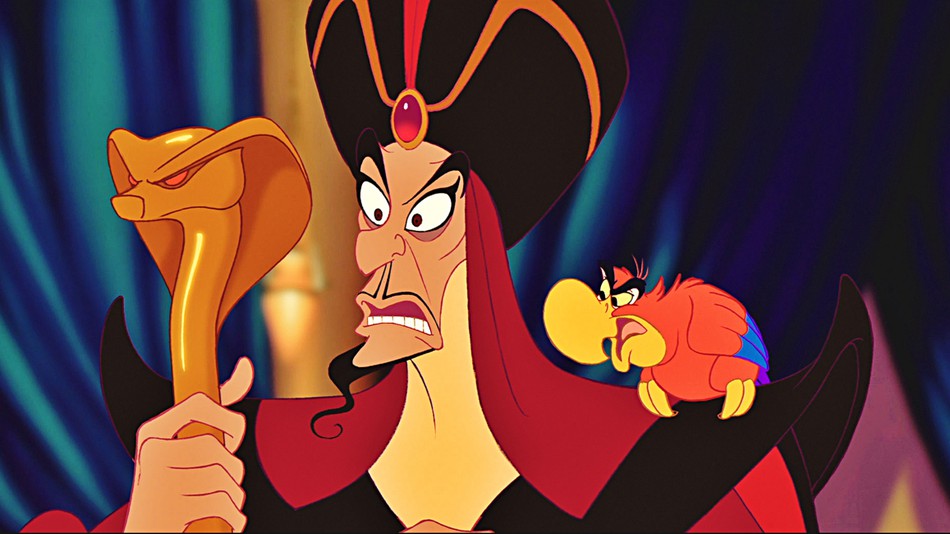
Let me explain. I believe Disney heroes must uphold at least 1-2 of the 3 main identities of privilege by the end of their journey: race, sexuality, and socio-economic status. Obviously gender and age are not necessarily something that can be changed right away but those identities are also important in this theory. While you’re thinking race cannot be changed it can and already has via magic and I’ll explain in a bit. Often times, particularly if a hero identifies as white, they’ll end their journey with all areas of privilege (except maybe gender depending on the hero). Throughout the story the hero and villain must be polar opposites just as Hall’s binary form of representation states.
So let’s look at a few examples…
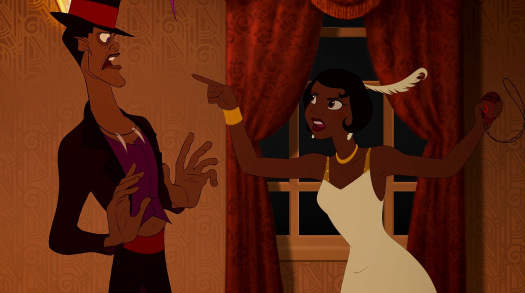
Princess and the Frog
Tiana (right) is the hero and starts her story as an African American woman in the 1920s growing up as part of the working class. She works two jobs every day to save up for her dream to open a restaurant of her own. Dr. Facilier (left) is a voodoo doctor scheming with a visiting prince’s servant to take over New Orleans. Throughout the first part of the movie both hero and villain have similar physical identities: race and socio-economic status. But according to Halls’ binary form of representation this is not okay, they must be polar opposites at all times. So how does this change?
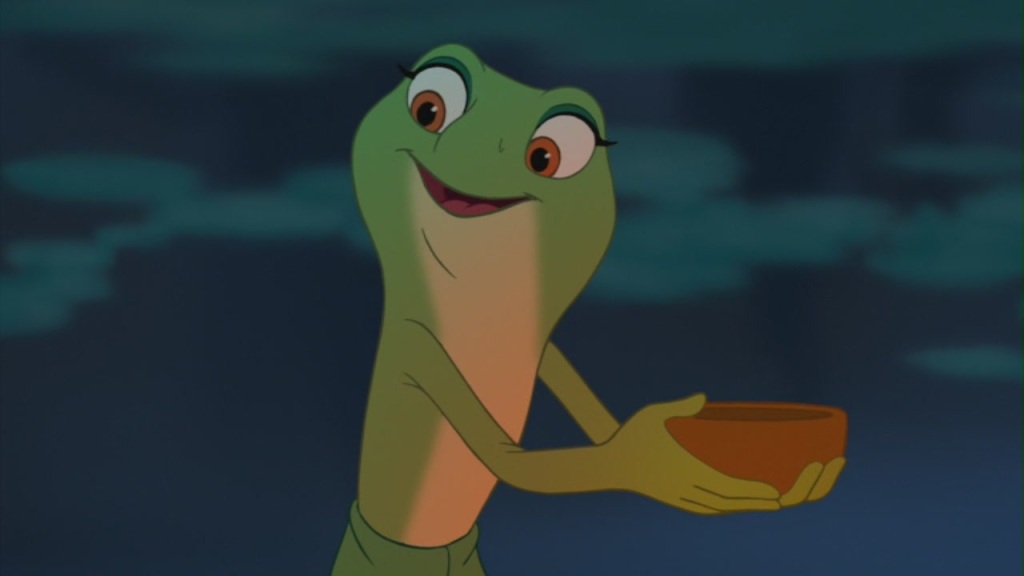
Well… I’m glad you asked. Tiana is turned into a frog no longer having to deal with racial, sexual, or socio-economic discrimination. Now her biggest concern is surviving out in the elements, not getting eaten, and returning to her normal self. Which does not happen until Dr. Facilier is removed from the story at the end of the movie.

At the end of the movie Tiana marries her prince, becomes a princess, and is returned to her normal self. She gains power and wealth by the end of the movie upholding 2 of the 3 main areas of privilege for Disney characters: socio-economic status and heterosexuality.

Aladdin
In Disney’s Aladdin (the 1992 version) Aladdin is a street rat who wants to make something more than himself but lacks the tools and resources to prove he’s more than his rags. Jafar is the royal vizier to the Sultan, probably the second most powerful person in the kingdom. Since this movie takes place in Agrabah where everyone, including the main cast, all seem to identify with the same ethnicity it’s up for debate if race should be included in the 2-3 areas of privilege Aladdin must have by the end of the film (especially since his ethnicity does not garner him 1 of the main areas of privilege). For me the only privileges I can see Aladdin having at the end of his journey are heterosexuality and higher class status.
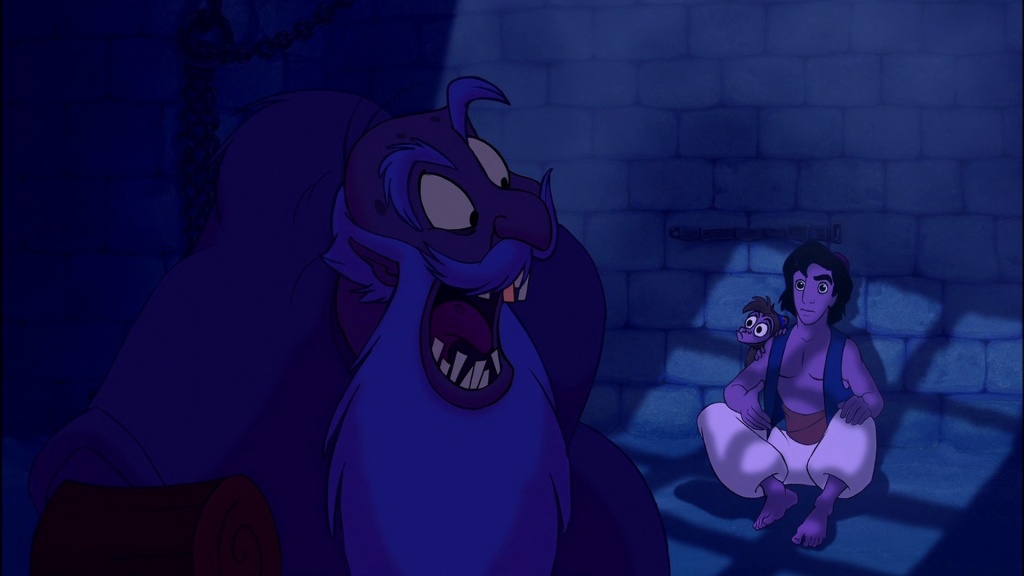
The polar opposition between Aladdin and Jafar is their socio-economic status which they often hide from each other to make it seem like they’re equals. In the beginning of the movie Jafar shows up disguised as a beggar and prisoner to convince Aladdin to go with him to the Cave of Wonders.

Later on Aladdin returns the favor (neither of them knowing who the other person is) by disguising himself as a prince while Jafar is himself as the royal vizier. The movie ends with Aladdin as his street rat self fighting off Jafar (supposedly the Sultan and all powerful sorcerer) and tricking Jafar into using his last wish to become a genie. The genie is a slave to the lamp and master of the lamp. Aladdin ends up marrying Princess Jasmine making him Sultan of Agrabah (upper class and utmost power and authority) and Jafar becomes slave to the lamp.
Other hero and villain pairings like Hercules, The Little Mermaid, and more are a bit harder to break down in regard to privilege and power because they already hold 2 or more areas of privilege even before starting their journey. It doesn’t mean there still isn’t a shift of power, privilege, and authority between hero and villain it just means you may have to look deeper to find it.
This is my fan theory, of course you’re welcome to agree, disagree, or be indifferent.
Works Cited
Gailey, Sarah. “In Defense of Villainesses”. http://www.tor.com/2016/08/09/in-defense-of-villainesses/
Stuart Hall, The Spectacle of the ‘Other’, p 326
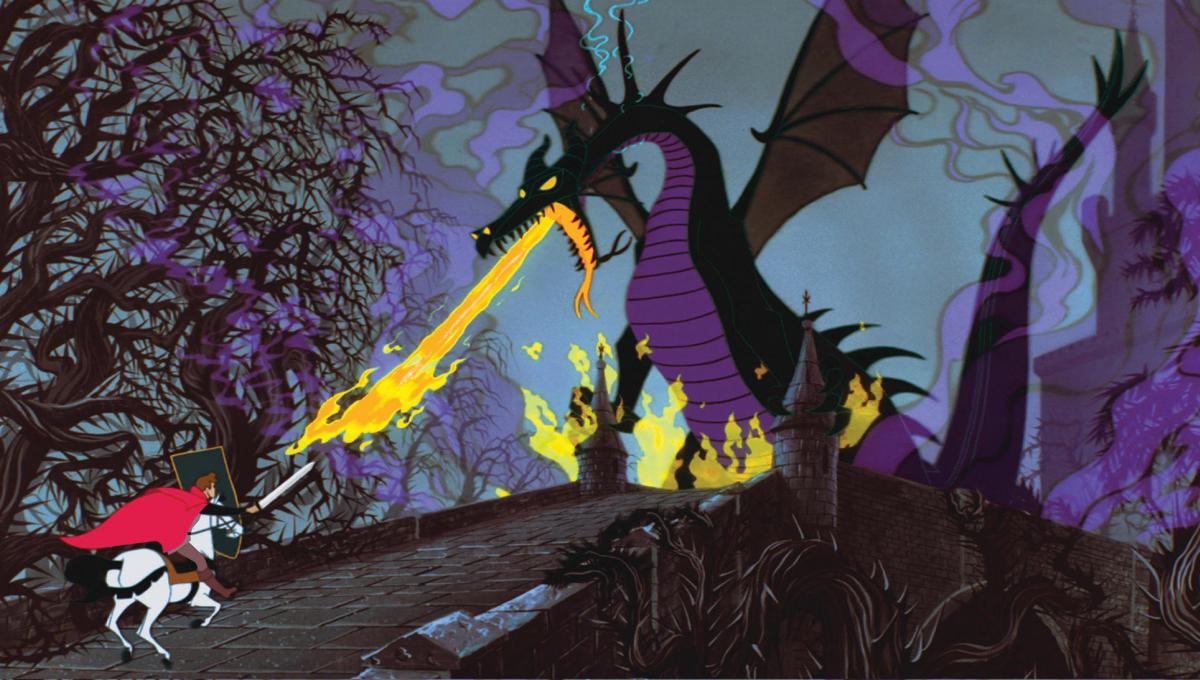

Leave a comment